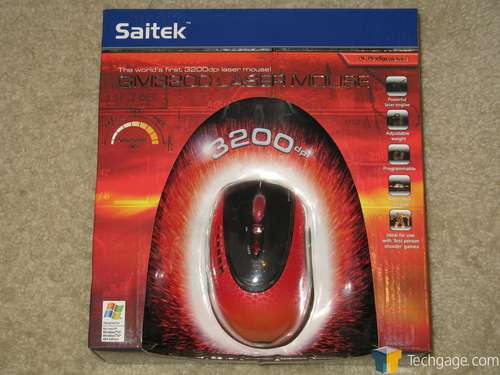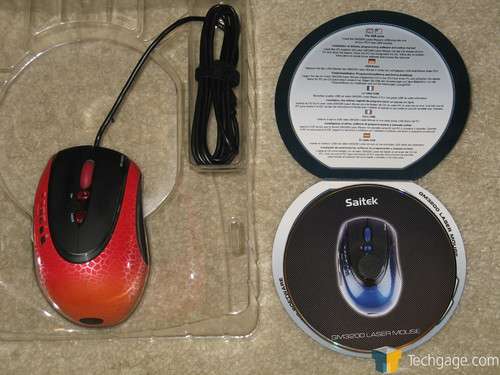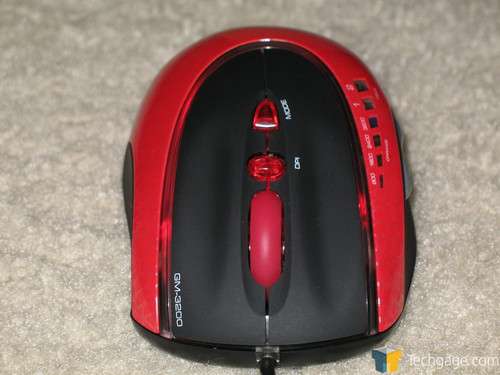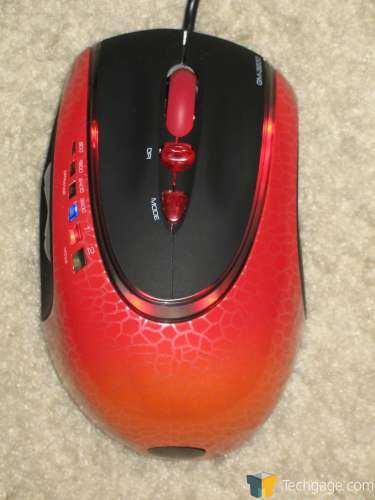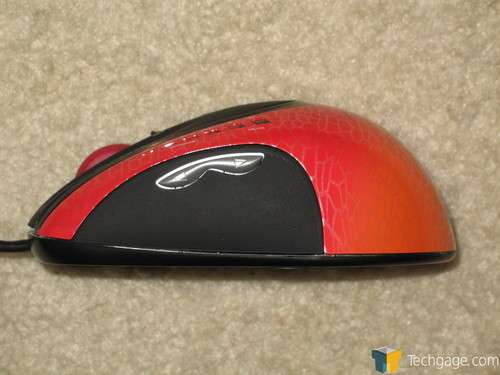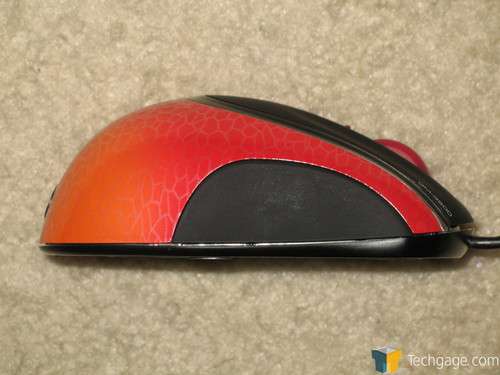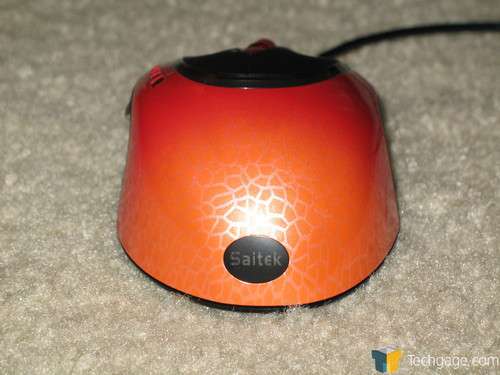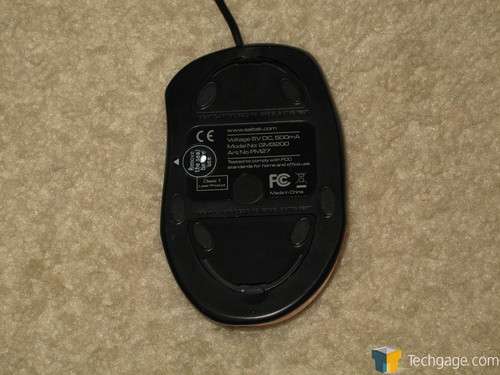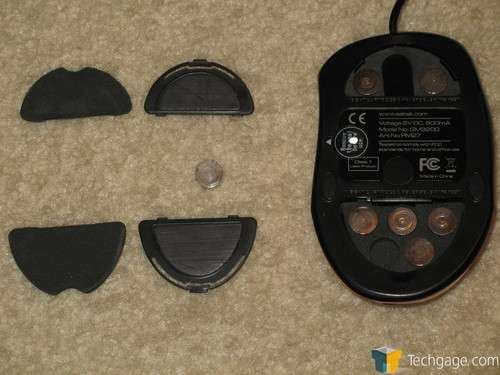- Qualcomm Launches Snapdragon 4 Gen 2 Mobile Platform
- AMD Launches Ryzen PRO 7000 Series Mobile & Desktop Platform
- Intel Launches Sleek Single-Slot Arc Pro A60 Workstation Graphics Card
- NVIDIA Announces Latest Ada Lovelace Additions: GeForce RTX 4060 Ti & RTX 4060
- Maxon Redshift With AMD Radeon GPU Rendering Support Now Available
Saitek 1600DPI & 3200DPI Gaming Mice
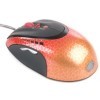
Saitek might not be the first name to come to mind when contemplating a gaming mouse purchase, but after taking a look at their 1600DPI and 3200DPI offerings, the message is clear: Saitek has the capability to be a real threat to the better known competition. These mice are not perfect, but we are on the right track.
Page 3 – 3200DPI Mouse
Now, we’re also going to take a look at Saitek’s high end laser mouse, marketed to gaming enthusiasts and sporting some additional hardware features.
The packaging is pretty exciting and does a nice job of highlighting the features. You can see that this mouse has quite a few tricks in it’s bag, including a 3200DPI laser sensor with adjustable DPI, adjustable weight and friction plates, and several programmable buttons. Some technical specifications are also noted, particularly 20G maximum acceleration, 40in per second maximum speed, and a USB refresh rate of 300 refreshes per second.
Inside the box we have the mouse and driver CD.
The first thing that should be apparent is that this mouse is much wider than then most other mice. If you have small hands, you may not appreciate this, but I have pretty large hands and think that it’s pretty comfortable and easy to hold.
This mouse has a lot more bling than it’s 1600DPI brother. On the top of the mouse you can see that there are the usual right-click and left-click buttons and well as a standard scroll wheel, a DPI rocker switch that can be used to adjust the DPI both up and down from 800DPI to 3200DPI, and also a mode button. This button is used to toggle between two modes, which are essentially two different button maps and sensitivity settings for the mouse which you can program using the driver software. The current DPI is indicated by a series of blue LEDs, and the current mode is indicated by red LEDs.
On the left side we have the standard two thumb buttons, which are located fairly well but are a little too difficult to press in my opinion. There is no thumb-rest to speak of, but the grip material here is nice and didn’t cause my thumb to sweat.
There isn’t anything of interest on the right side of the mouse.
The Saitek logo on the rear has some multicolored LEDs behind it and will light up in several different alternating colors. As you may be able to see, the palm rest appears slightly textured but is actually quite flat. The mouse is comfortable to hold in your palm, although the clear-coated plastic does tend to cause my skin to sweat.
On the underside we can see that Saitek have taken a page out of Logitech’s book and included quite a few adjustable weights. Despite the mouse’s fat bodied design, it doesn’t weigh much at all, so the adjustable weights are very useful.
There are also reversible base plates with differently proportioned sliding surfaces meant to be able to vary the amount of frictional resistance by changing the contact surface area. In practice the base plates made no discernible difference on either an IceMat or the Ratpadz GS, as the mouse was very easy to slide regardless of which sliding surface was used.
|
|
Support our efforts! With ad revenue at an all-time low for written websites, we're relying more than ever on reader support to help us continue putting so much effort into this type of content. You can support us by becoming a Patron, or by using our Amazon shopping affiliate links listed through our articles. Thanks for your support!




